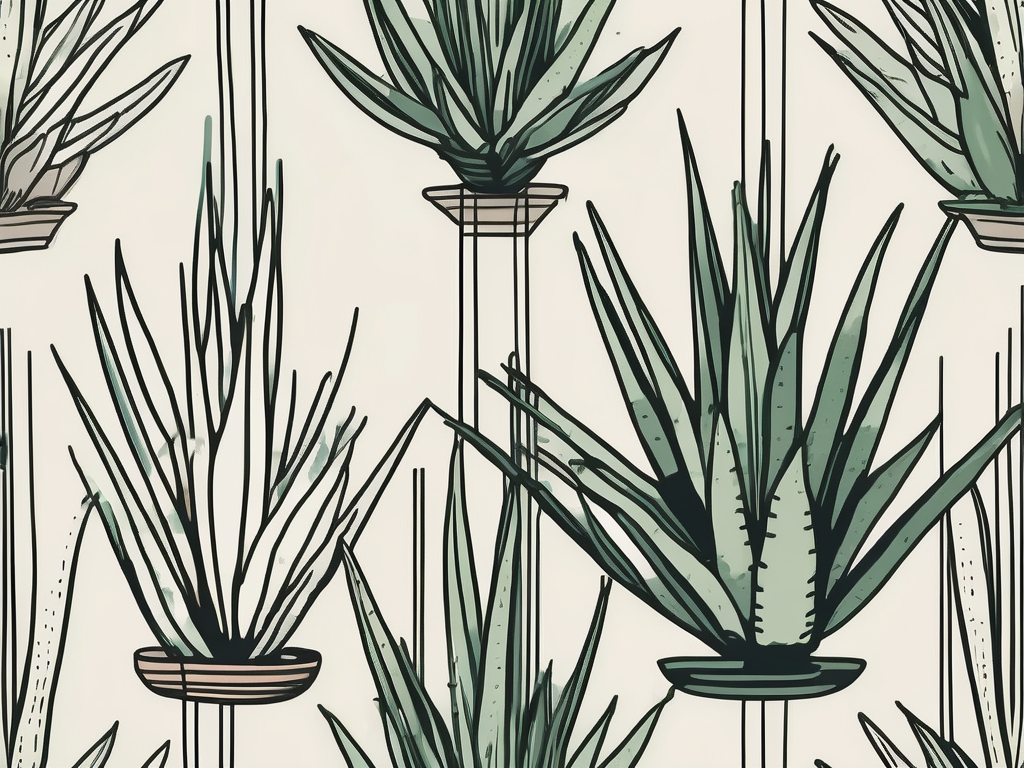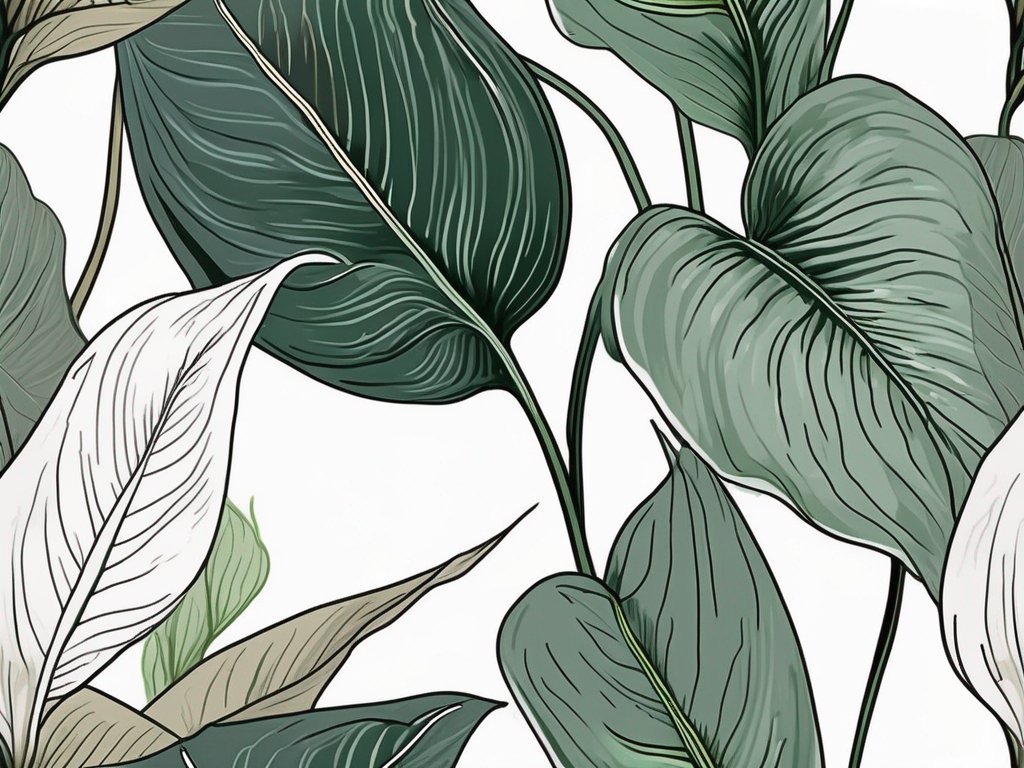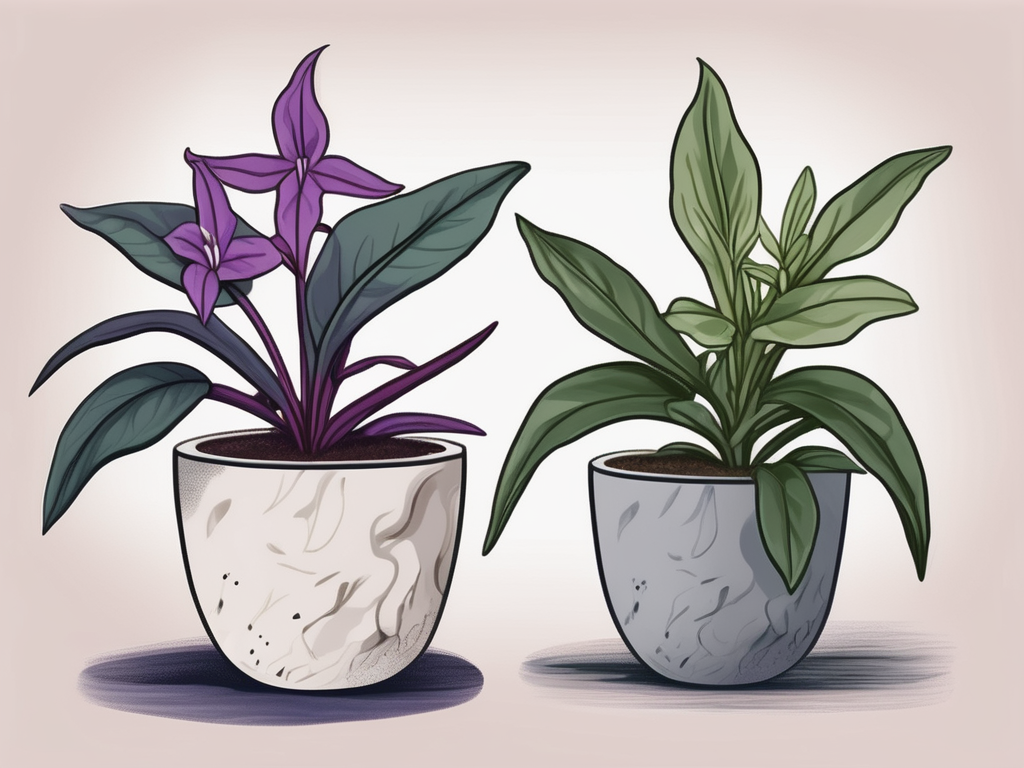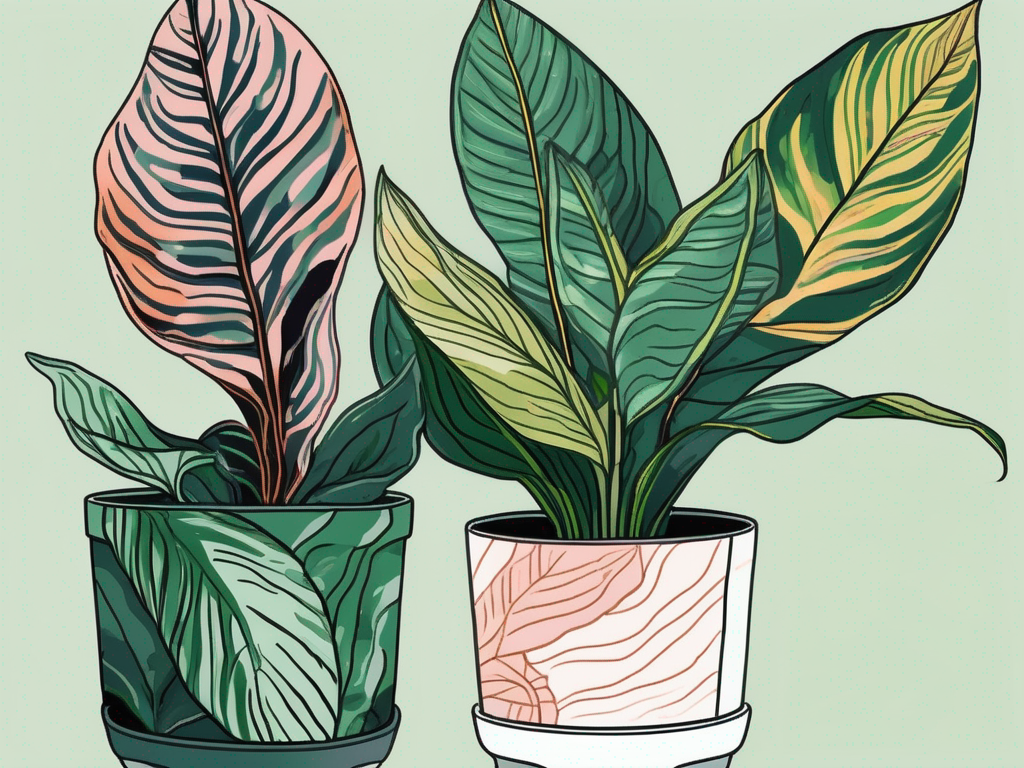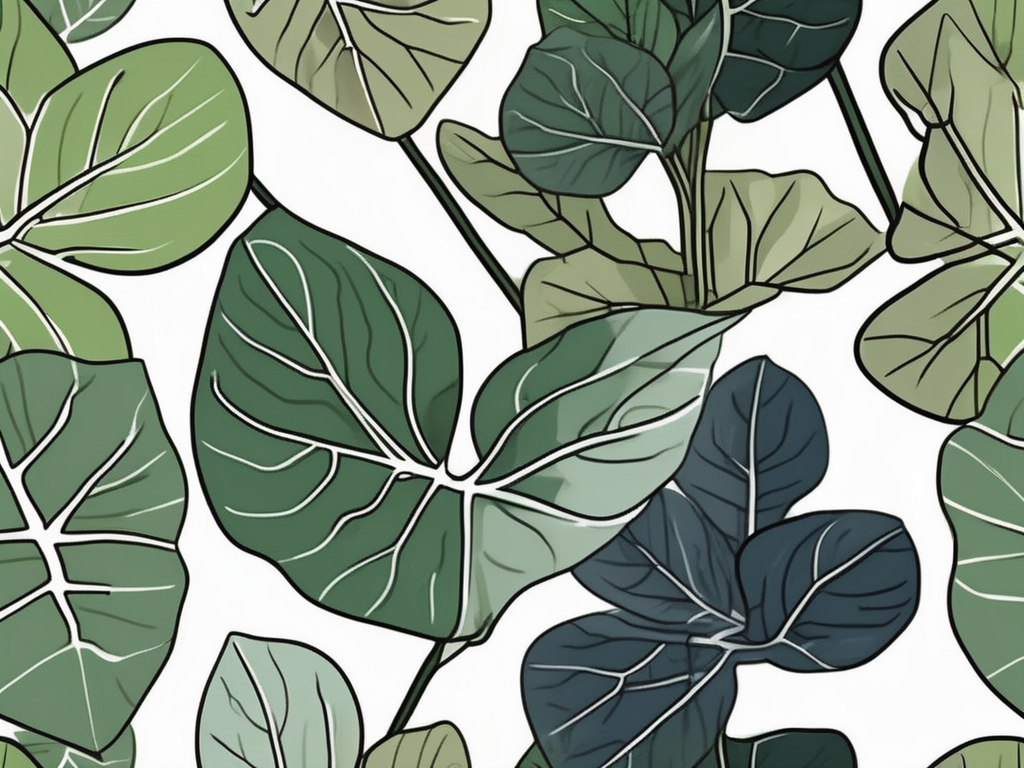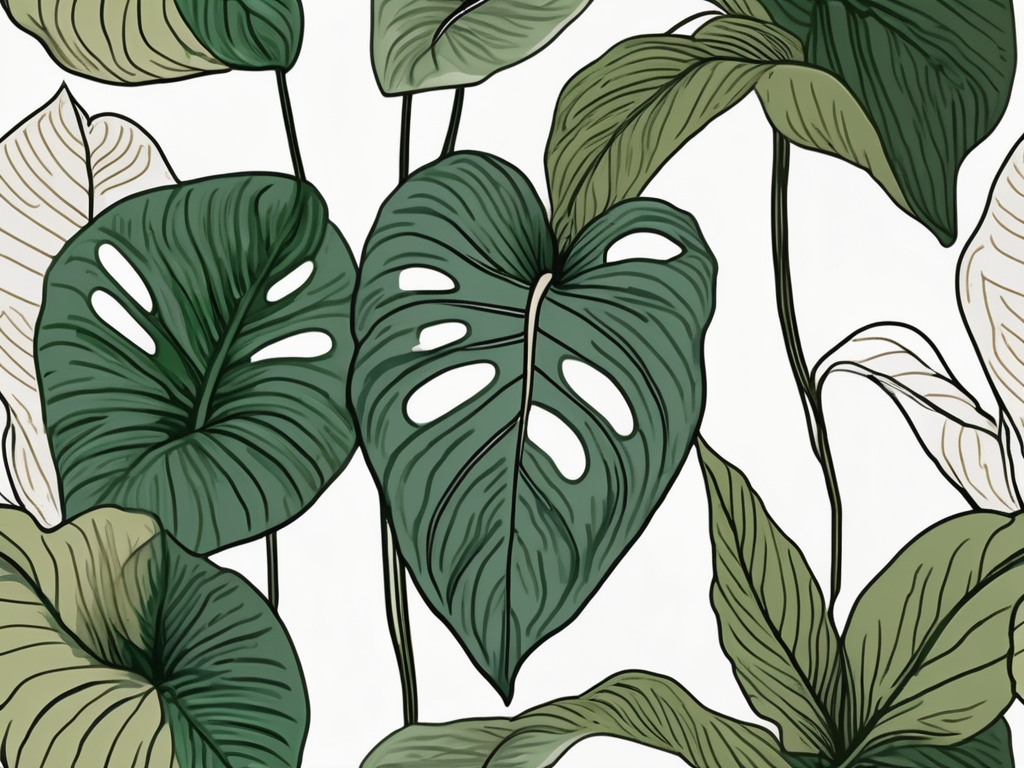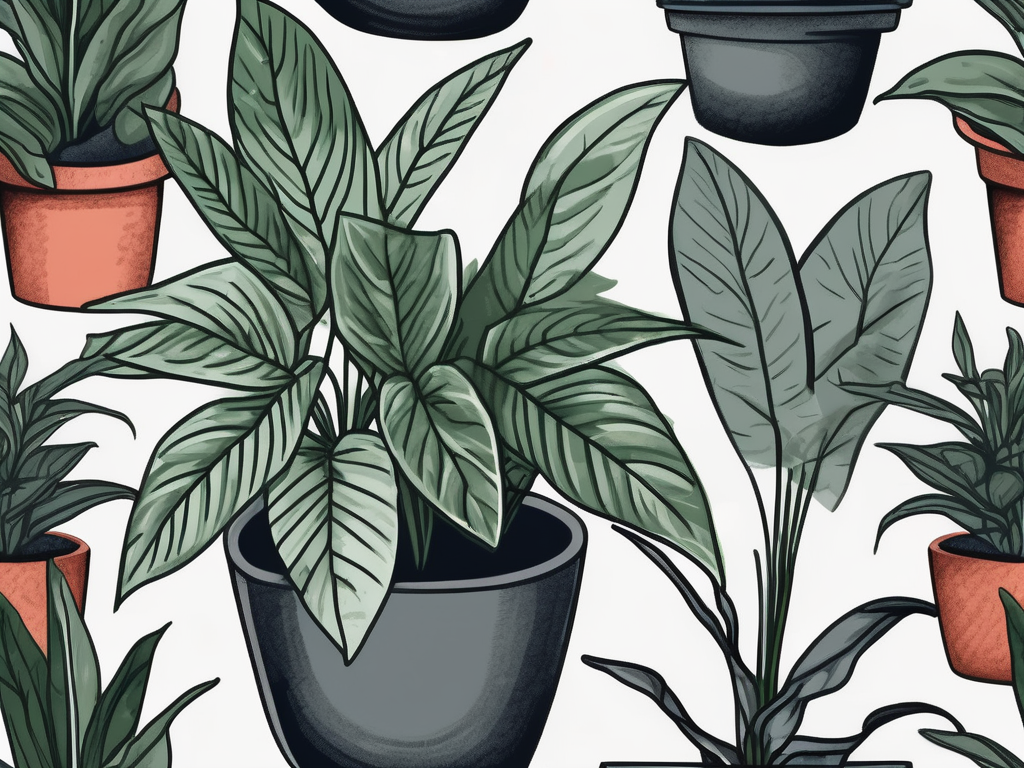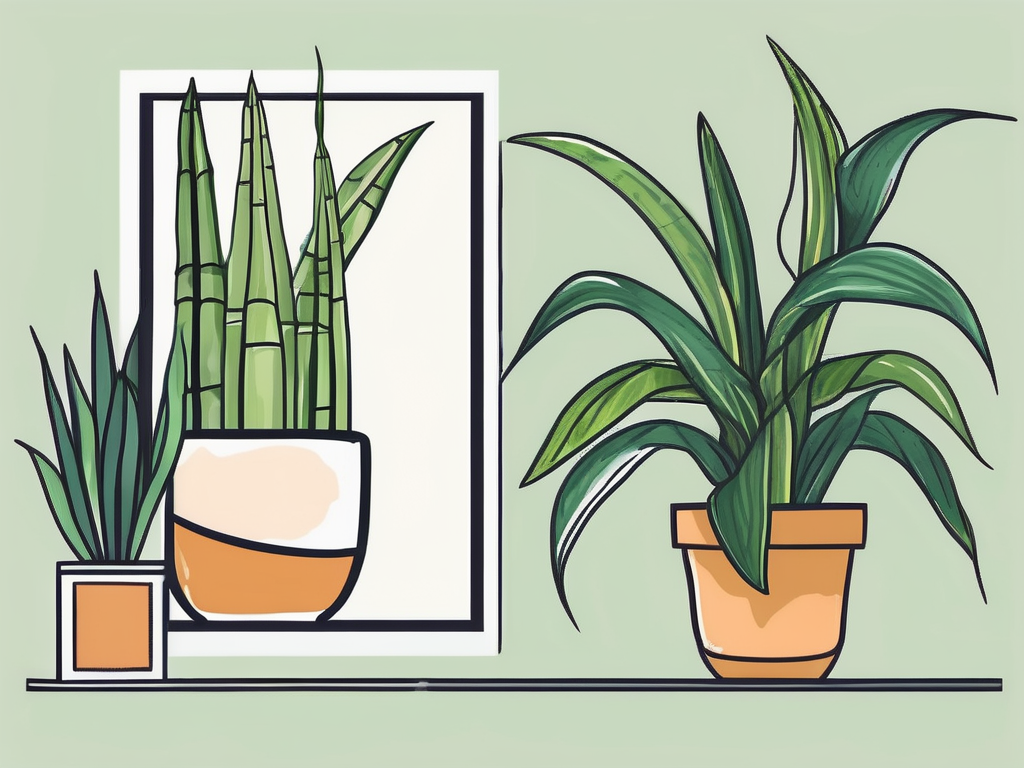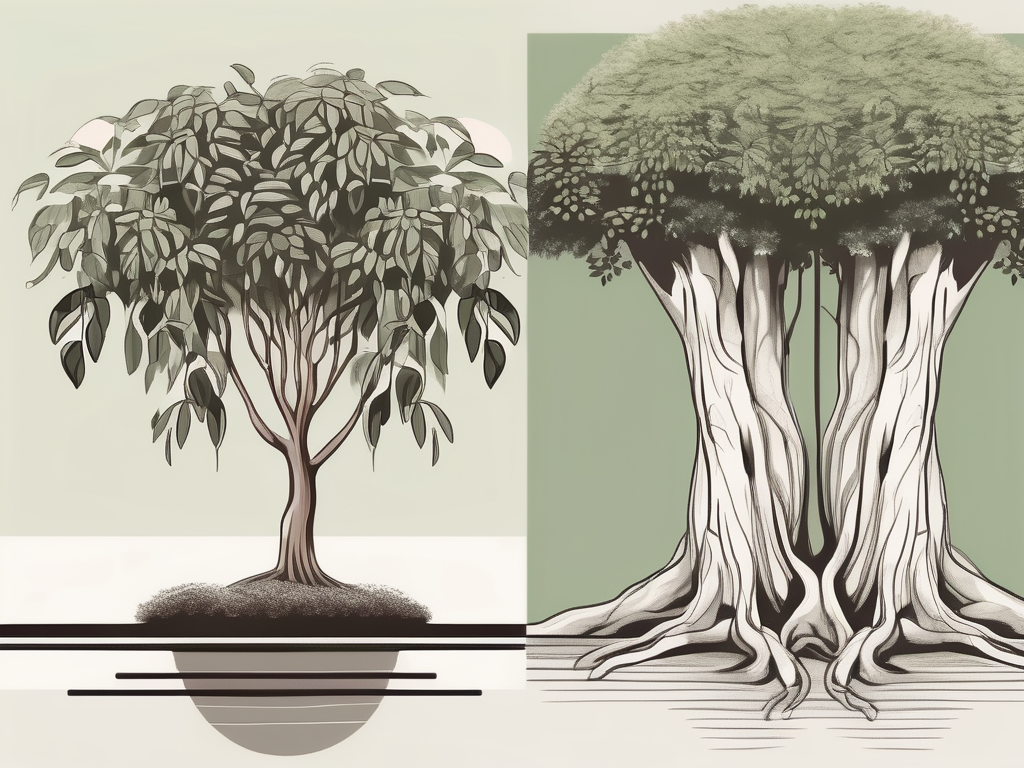
English Ivy, with its vibrant green leaves and tenacious growth, is a favorite among plant people. If you've ever admired its ability to cling to surfaces like walls and fences, you've probably noticed its aerial roots. These unique roots give English Ivy its climbing prowess, but they also raise questions. What exactly are they? How do they function? And importantly, how do they affect the care of your ivy plant?
This article aims to demystify English Ivy's aerial roots by exploring their biology, functions, and implications for care. Along the way, we'll look at practical tips for maintaining a healthy ivy plant in your home and how to incorporate it into your interior design. Whether you're a seasoned plant parent or a newcomer, understanding these roots can help you make the most of this versatile plant.
What Are Aerial Roots?
Aerial roots are specialized structures that grow above the ground, emerging from the stem of the plant. Unlike typical roots that anchor a plant into the soil and absorb nutrients and water, aerial roots serve different purposes depending on the plant species. In the case of English Ivy, these roots are primarily used for support, allowing the plant to climb vertical surfaces.
Imagine ivy's aerial roots as nature's little grappling hooks. They latch onto surfaces with tiny, hair-like structures that provide grip. This allows the ivy to ascend walls, trees, and fences, giving it that classic, romantic look many people adore. However, while they're fascinating, aerial roots can also be a bit of a double-edged sword, especially if the ivy is growing on surfaces that are not meant to be climbed.
Interestingly enough, aerial roots can also assist in nutrient and moisture absorption when needed. Although this is not their primary function in English Ivy, it's a handy trait in certain environments, like tropical rainforests, where some ivy species thrive. In a typical home setting, though, your English Ivy will rely more on its soil roots for sustenance.
Why Does English Ivy Have Aerial Roots?
The primary reason English Ivy develops aerial roots is to support its climbing habit. In the wild, these roots allow the plant to reach sunlight by climbing up trees and other structures. This climbing ability is not just for show; it's a survival strategy. By ascending to higher levels, the ivy can access more light, which is crucial for photosynthesis and growth.
Another reason for the development of aerial roots is environmental adaptation. In their natural habitats, ivy plants often face competition for resources like light and space. Aerial roots give them a competitive edge by providing a way to grow vertically, avoiding the crowded forest floor.
From a care perspective, understanding this natural tendency can help you manage your ivy plant indoors. If your ivy is constantly trying to climb, it might be seeking more light. Consider this a gentle nudge to check if your plant is getting enough sunlight. Providing a trellis or other support can also satisfy its climbing urge while keeping your walls and furniture safe from its wandering roots.
The Anatomy of Aerial Roots
To fully appreciate how aerial roots function, it helps to understand their anatomy. These roots are relatively simple structures, but their design is incredibly effective for their purpose. Typically, they consist of a central core surrounded by a protective outer layer. This structure allows them to be both flexible and strong, perfect for gripping surfaces.
The outer layer of aerial roots can secrete a sticky substance that helps the roots adhere to surfaces. This adhesive quality is what allows English Ivy to cling so tenaciously to walls and trees. It's an ingenious adaptation that has helped the plant spread across different environments successfully.
Inside the root, you'll find tissues that can transport water and nutrients, albeit not as efficiently as the plant's soil roots. In certain conditions, especially in humid environments, these roots can absorb moisture directly from the air. This ability is not as pronounced in an indoor setting, but it's a fascinating aspect of their biology.
How to Manage Aerial Roots Indoors
When growing English Ivy indoors, you'll need to keep an eye on its aerial roots. While they won't cause the same damage indoors as they might on outdoor surfaces, they can still be a bit of a nuisance if left unchecked. Fortunately, managing them is relatively straightforward.
- Provide Support: If your ivy is trying to climb, give it something to climb on. A trellis or some string can guide its growth and keep it from attaching to walls or furniture.
- Regular Pruning: Trim back any roots or vines that are growing where you don't want them. This will help maintain the shape of the plant and prevent it from becoming unruly.
- Humidity Control: While aerial roots can absorb moisture from the air, they won't need to if the plant is well-watered. Keep your ivy in a room with moderate humidity to prevent unnecessary root growth.
Overall, the key is to keep your English Ivy's growth in check and provide the conditions it needs to thrive without becoming a household nuisance.
Potential Issues with Aerial Roots
While aerial roots are fascinating, they can sometimes cause issues, especially if the ivy is allowed to grow unchecked. Outdoors, English Ivy can become invasive, damaging structures and trees with its aggressive growth. Indoors, the issues are more about aesthetics and convenience.
One potential problem is that the roots can leave marks on walls and other surfaces. This is due to the adhesive substances they secrete. If you're renting or concerned about preserving your walls, it's a good idea to keep the ivy on a trellis or in a hanging basket.
Another issue is that vigorous root growth might indicate that your plant is not entirely happy with its current conditions. It might be seeking more light, more space, or even more nutrients. If you notice excessive aerial root development, it might be time to reassess your plant's environment and care routine.
Incorporating English Ivy into Interior Design
Despite the challenges they can present, aerial roots also offer opportunities for creativity in interior design. English Ivy's ability to climb can be used to great aesthetic effect, allowing you to create stunning green walls or hanging installations.
Consider using ivy to create a living backdrop in your home. You can train the ivy to grow along a trellis or wireframe to make a natural partition. This not only adds greenery to your space but also helps define different areas in an open-plan room.
Alternatively, let your ivy cascade from a hanging pot or shelf. The trailing vines add a whimsical touch to any room, and the aerial roots will be less of a concern in these settings. Just make sure to keep the vines pruned so they don't become tangled or overgrown.
Best Practices for English Ivy Care
Caring for English Ivy involves balancing its needs for light, water, and nutrients while managing its growth tendencies. Here are some tips to keep your ivy healthy and happy:
- Light: English Ivy prefers bright, indirect light. Too much direct sun can scorch the leaves, while too little light can lead to leggy growth.
- Water: Keep the soil consistently moist but not soggy. Allow the top inch of soil to dry out before watering again.
- Fertilizer: During the growing season (spring and summer), feed your ivy with a diluted liquid fertilizer every two weeks.
- Pruning: Regularly trim the plant to encourage bushy growth and remove any dead or diseased leaves.
By following these care guidelines, you can enjoy a thriving ivy plant that complements your home decor without overwhelming your space.
Creating a Thriving Indoor Jungle
For plant lovers, English Ivy is often part of a larger collection. If you're looking to create a lush indoor jungle, ivy can play a starring role. Its trailing vines and climbing nature make it a versatile addition to any plant display.
Pair your ivy with other shade-loving plants like ferns and pothos to create a cohesive look. These plants often have similar care requirements, making them easy to grow together. You can also use ivy to fill in gaps in your plant arrangement, adding texture and depth.
Remember, the goal is to create an environment that feels both natural and inviting. Let your ivy and other plants grow in a way that complements your style and space. With a little care and creativity, you can transform your home into a green oasis.
Final Thoughts
English Ivy's aerial roots are a fascinating feature that contributes to its charm and versatility. By understanding their function and how to manage them, you can enjoy all the benefits this plant has to offer without the hassle. Whether you're using ivy to add greenery to your home or creating a stunning plant display, these tips can help you make the most of your ivy plant.
At Cafe Planta, we're passionate about helping you care for your plants. Whether you're looking for new houseplants, accessories, or plant-themed apparel, we've got you covered. If you have any questions or need advice, feel free to email us or reach out on Instagram. We believe in the power of plants to bring people together and foster a connection with nature.

